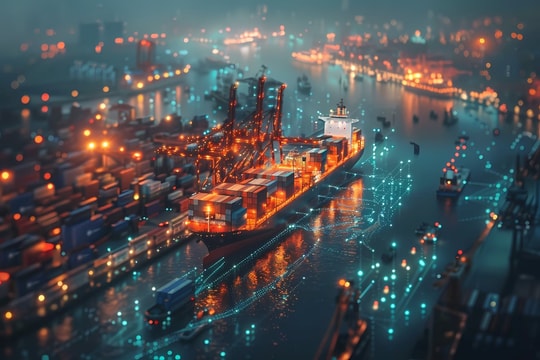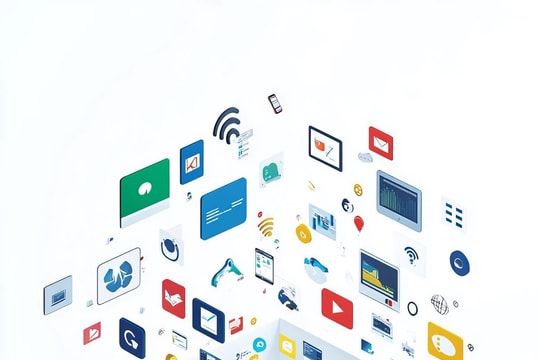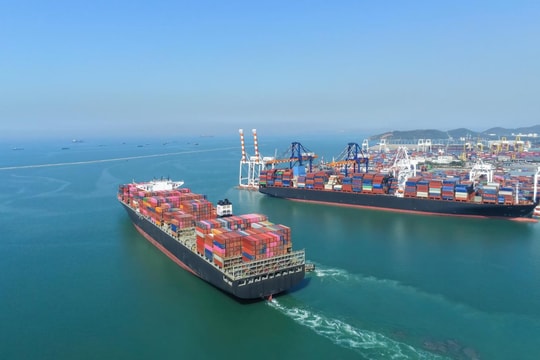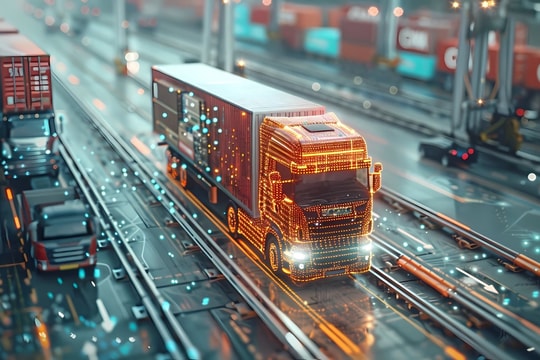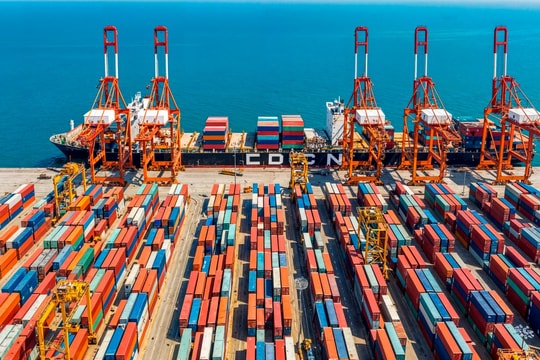.jpg)
The challenge of building resilient supply chains has never been more pressing. Developing a flexible and sustainable supply chain has become a top priority for businesses to ensure resilience and maintain stable operations in today's volatile environment.
Key Elements of a Flexible and Sustainable Supply Chain
“A sustainable supply chain not only helps businesses control costs effectively but also enhances brand value and trust with partners. In an era where consumers increasingly care about environmental and social issues, building a sustainable supply chain plays a vital role in creating a positive image and competitive advantage in the market.”
— Source: PACE Institute of Management
To build a supply chain that can withstand global disruptions, businesses need to focus on the following factors:
- Diversifying supply sources: Avoiding dependence on a single supplier or geographic region helps mitigate risk when disruptions occur. Establishing relationships with suppliers across different regions enables greater flexibility in adjusting supply as needed.
- Applying digital technology and artificial intelligence (AI): Advanced technologies like AI, machine learning, and big data analytics help businesses forecast demand, optimize inventory, and streamline transportation routes, thereby improving efficiency and reducing risk.
- Enhancing supply chain visibility: Real-time monitoring and tracking of the entire supply chain allow businesses to detect problems early and respond swiftly to minimize negative impacts.
- Building strategic partnerships: Close collaboration with supply chain partners improves coordination and information sharing, strengthening the ability to handle emergency situations effectively.
- Training and developing human resources: Ensuring that staff have the necessary skills and knowledge is critical to operating and managing supply chains effectively in all scenarios.
“Sustainable employment practices within global supply chains that align with digital transformation help enhance corporate image and increase employee loyalty. Sustainable employment policies require specific actions involving operational mechanisms, staffing structures, and funding to achieve their goals.”
— Dr. Tran Thi Hai Yen, National Academy of Public Administration
Success Model: IKEA’s Approach to Building a Resilient Supply Chain
IKEA, the world’s leading furniture retailer, has demonstrated impressive resilience in its supply chain. Facing global disruptions such as the COVID-19 pandemic and geopolitical tensions, IKEA adopted a flexible production and supply strategy to maintain stable business operations.
Specifically, IKEA diversified its supply sources by establishing manufacturing plants in multiple countries, reducing reliance on any single region. Additionally, the company invested heavily in digital technologies to improve demand forecasting and inventory management. Its strong strategic partnerships with suppliers and logistics providers also enabled quicker coordination and emergency response.
Thanks to these measures, IKEA has maintained a stable supply chain and continued to meet customer demand even in the most challenging periods.
.jpg)
“We firmly believe that strong relationships with suppliers are the foundation for De Heus to continue its sustainable development commitments. I hope we will always work together to explore new solutions for business growth, create positive impact, and elevate Vietnam’s livestock industry sustainably.” — Mr. Johan van den Ban, CEO of De Heus Asia & Vietnam
Toward a Flexible and Sustainable Supply Chain
As global disruptions become more frequent, building a flexible and sustainable supply chain is no longer optional—it’s a business imperative. By diversifying supply sources, leveraging advanced technology, enhancing visibility, fostering strategic partnerships, and investing in human resources, companies can improve their resilience and sustain operations in the face of any upheaval.
Learning from successful businesses like IKEA that have built resilient supply chains can help other companies adopt suitable strategies to enhance their resistance and achieve sustainable development in the future.



.jpg)
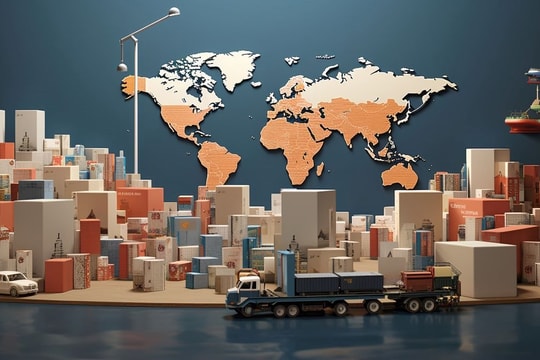
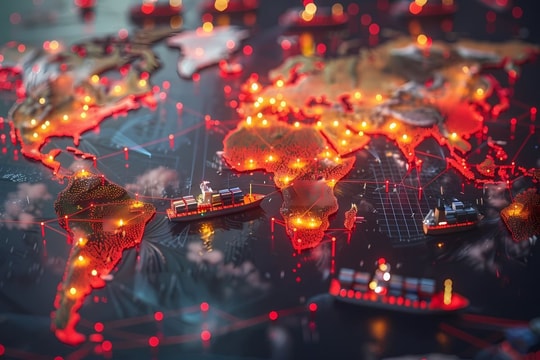


.png)
